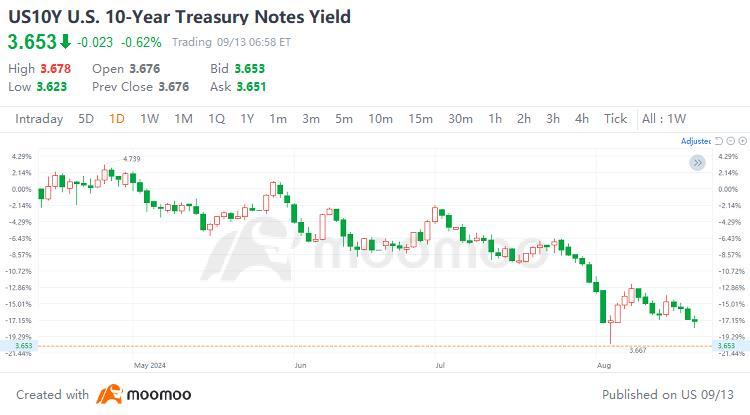The data shows that initial jobless claims for the week ending September 7th were 230,000, against an expectation of 227,000, with the previous value also at 227,000. Meanwhile, the non-farm payroll data for August showed an increase of 142,000 jobs, below the expected 165,000, with a significant downward revision to the previous value. The unemployment rate dropped from 4.3% in July to 4.2% in August. Labor market data indicates that labor demand in the U.S. is slowing, but the unemployment rate has not continued to rise, and wages have picked up month-over-month, similarly reflecting a slowing but not recessionary U.S. economy.

